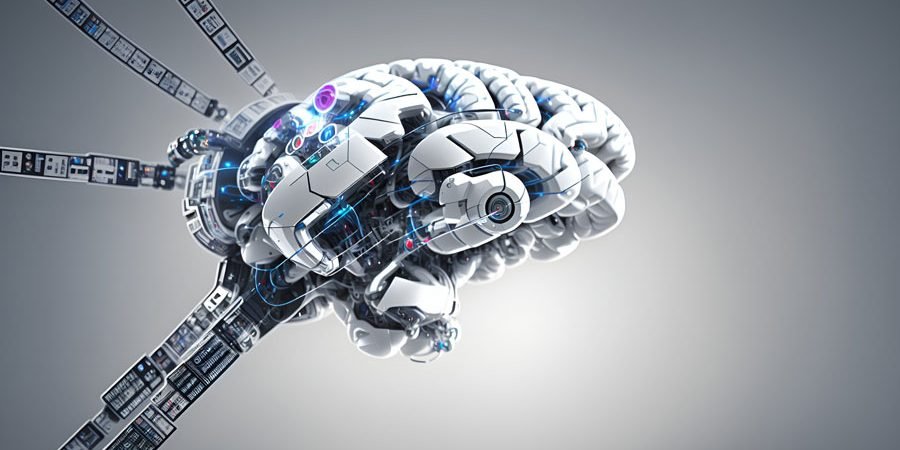How AI is Revolutionizing the Music Industry: Music Licensing, Inc.’s Latest Findings
The Potential of AI-Generated Music in the Music Industry Music Licensing, Inc. (OTC:SONG) is at the forefront of the music industry’s transformation with the help of artificial intelligence (AI). Their Chief Technology Officer, Rodrigo Di Federico, has conducted extensive research on the subject and found opportunities for innovation in AI-generated music. While current AI systems have shown promise, experienced musicians often find it difficult to extract valuable musical elements from these models. Proprietary AI Models to Create High-Quality and Meaningful Music Compositions To address these limitations, Music Licensing, Inc. (OTC:SONG) plans to develop a proprietary AI music system. This system will use OpenAI’s foundational technology and custom AI models to generate high-quality, coherent, and meaningful music compositions. These AI-generated songs will help musicians unleash their creativity and usher in a new era of innovation in the music industry. By developing proprietary AI models, Music Licensing, Inc. (OTC:SONG) gains a unique advantage in the market. The company can protect the underlying intellectual property and maintain its position as a leader in the rapidly growing AI music industry. This aligns with the company’s mission to revolutionize the music industry through cutting-edge technologies and innovation. Pro Music Rights, Inc.’s Unique Advantage in the Market Pro Music Rights, Inc. (ProMusicRights.com) is another company at the forefront of the music industry’s transformation. It is the fifth public performance rights organization (PRO) formed in the United States, with notable licensees such as TikTok, iHeart Media, Triller, Napster, and Vevo, among others. Pro Music Rights holds an estimated market share of 7.4% in the United States and represents over 2,500,000 works featuring numerous artists and AI-created music. While Music Licensing, Inc. (OTC:SONG) and Pro Music Rights, Inc. are leading the way in AI-generated music, the road ahead is not without its challenges. The inclusion of forward-looking statements in this press release highlights the risks and uncertainties that come with developing cutting-edge technologies. As with any new technology, there is always the potential for inaccurate assumptions, and there can be no assurance that the forward-looking statements will prove accurate. Nevertheless, the promise of AI-generated music is too great to ignore. As Music Licensing, Inc. (OTC:SONG) and Pro Music Rights, Inc. continue to push the boundaries of what is possible with AI, we can expect to see new and exciting developments in the music industry. The use of AI-generated music has the potential to revolutionize the music industry and pave the way for new creative possibilities.












